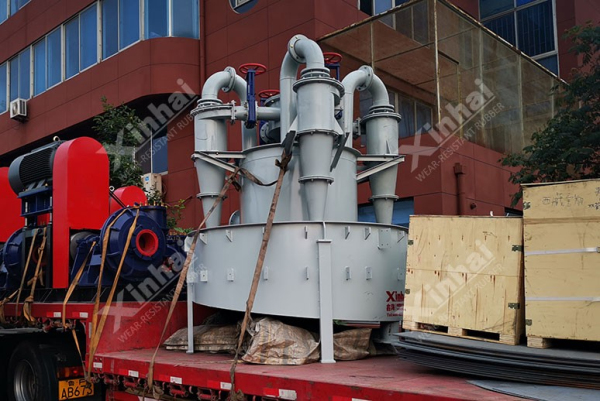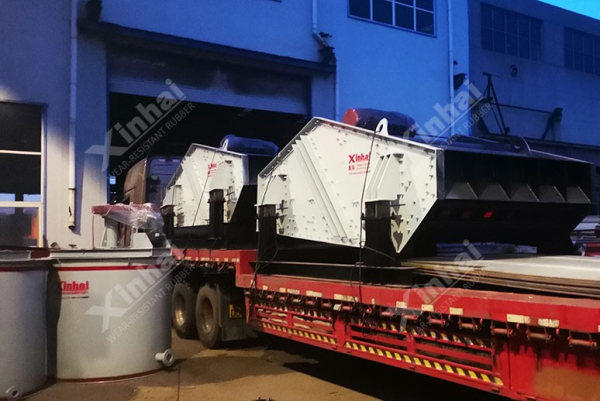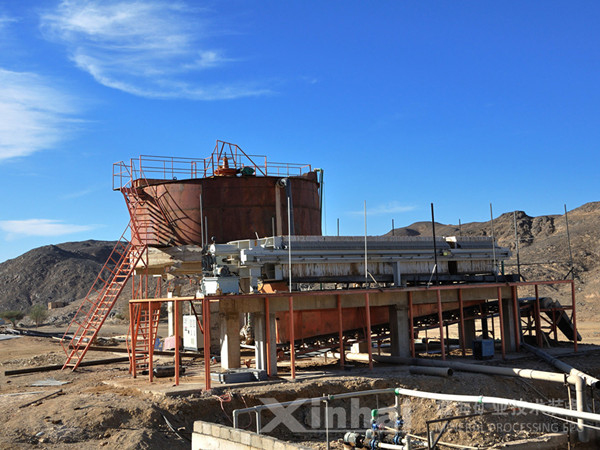At present, gold tailings treatment technologies include tailings reprocessing, tailings dry stacking, production of building materials, mine filling, and land reclamation.
1. Tailings Reprocessing
We have already said at the beginning of the article that there is a lot of recyclable gold hidden in gold mine tailings. In addition to gold, there are iron, copper, lead, zinc, quartz, feldspar, mica, etc. A small amount of representative tailings can be selected for beneficiation test, by which the element content in the tailings can be determined and the valuable components can be re-selected and recovered. Besides, the final tailings after re-selection can be used for mine filling or reclamation with little valuable minerals.

2. Tailings Dry Stacking
In the separation process, a large amount of water is needed, resulting in a very high water content in the tailings, among which there are also some harmful substances such as chemicals. If such tailings are piled directly into the tailings pond, it is easy to cause the dam collapsing, thus causing pollution and safety hazards to the surrounding environment and personnel. Therefore, tailings dry stacking is very important.
There are two common tailings dewatering technologies, one is a concentration process with a hydrocyclone as the core equipment, and the other is a tailings pressure filtration process using a filter press.
Dry tailings stacking uses the advanced equipment and new dry discharge process for gold mine tailings we introduced above to reduce the water content of tailings to less than 15%, saving costs and avoiding environmental pollution.

3. Production of building materials
The types of gold deposits in China are complex, some of which contain little metal minerals, while gangue minerals are very pure. Such gold ore tailings can be directly used as non-metallic raw materials or raw materials for building materials, such as making bricks, preparing glass-ceramics, producing aerated concrete, Portland cement, etc.
4. Mine backfill
Continuous mining has produced many goafs in the mine, which are not aesthetically pleasing and have an impact on the stability of the mountains. After obtaining valuable elements for production and life from nature, we can backfill the remaining tailings into the mine goaf area. For some high-value gold ore bodies, tailings can also improve the mining conditions of ore pillars and reduce dilution losses.
5. Reclamation
Reclamation is also one of the treatment methods of gold mine tailings. Taking certain measures on the gold mine tailings pond to plant agriculture, forestry and animal husbandry crops not only generates income for farmers and beautifies the surrounding environment, but also preserves soil for some crops with strong vitality without less pollution.

Gold mine tailings treatment is mainly based on tailings re-selection and tailings dry stacking. The equipment used for tailings re-selection is not much different from the beneficiation process. The equipment used in tailings dry discharge are as the followings:
1. Concentration hydrocyclone
The design of this hydrocyclone is unique. It is equipped with a siphon device on the upper part and a fishtail device on the lower part. By adjusting the siphon device, the size of the underflow concentration can be adjusted. Generally, it can be adjusted to about 75%, so that the tailings can be drained dry. Subsequent equipment investment such as the required thickener is greatly reduced.
2. High-efficiency deep-cone multi-cone thickener
The high-efficiency deep-cone multi-cone thickener is a thickener specially designed for tailings dry stacking. The thickening chassis is equipped with an inclined plate, which increases the settling area of the thickener and increases the settling area of the thickener by more than 8 times, raising the underflow concentration and handling capacity.
3. High-frequency and high-efficiency dewatering screen
The high-frequency and high-efficiency dewatering screen adopts a unique sieve plate structure and multi-frequency vibration of the motor, which not only makes the pulp particles difficult to pass through the screen holes, but also has a higher dewatering efficiency.
4. Chamber filter press
There are two types of box-type filter presses: chamber-type filter presses and plate filter presses. When using high pressure and strong dehydration method, the moisture content of the dry slag after filtration can reach below 8%.